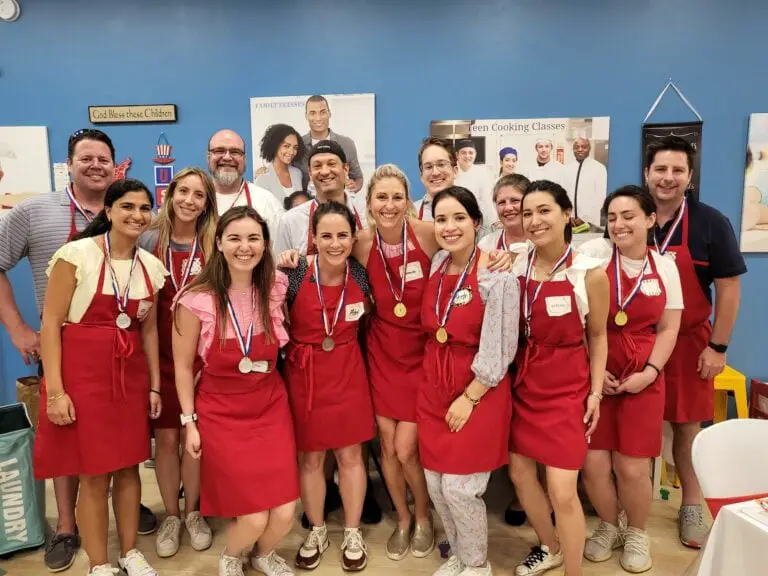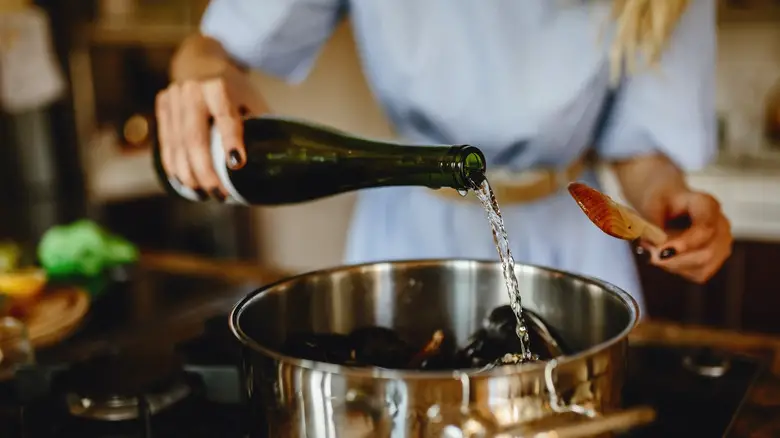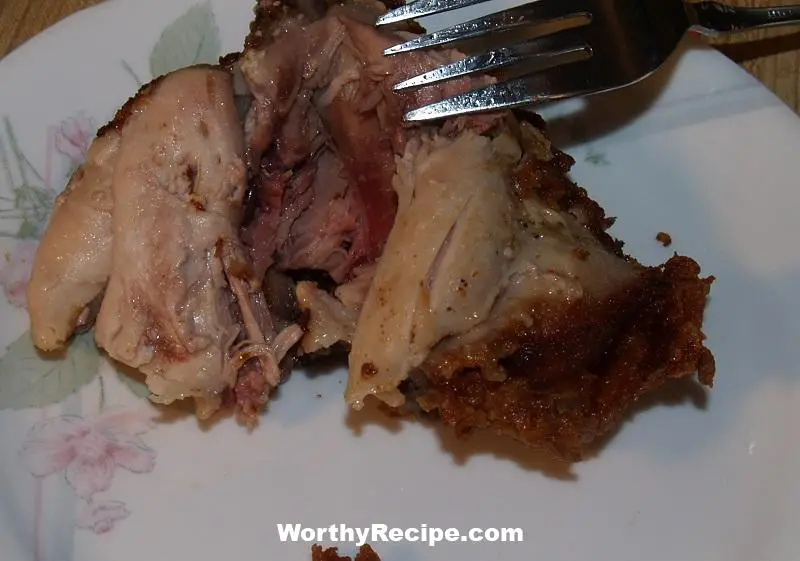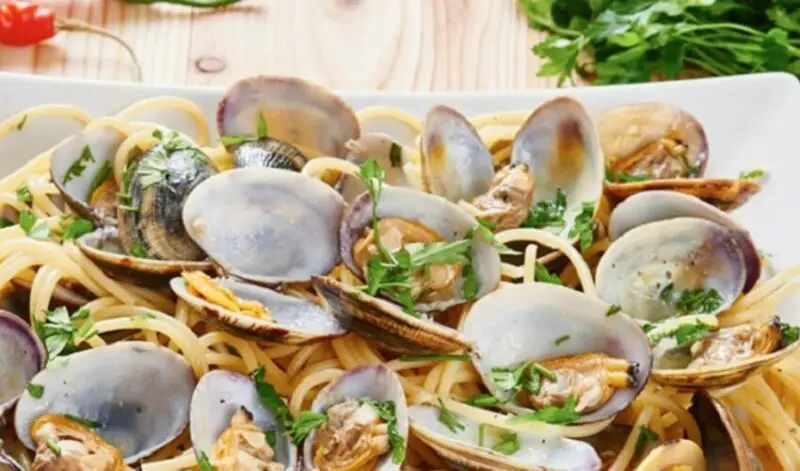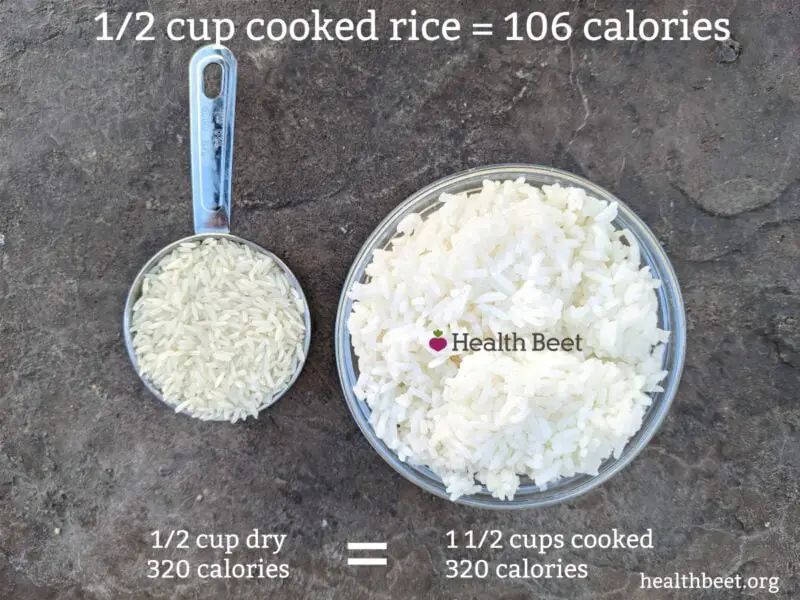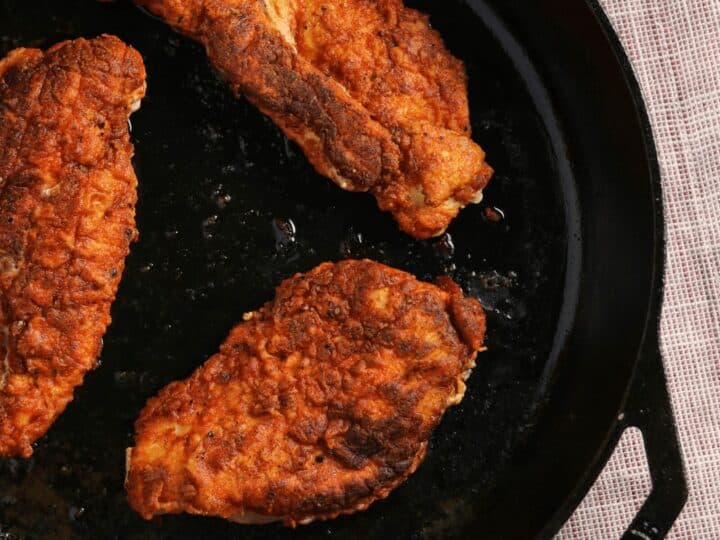Cooking classes are a wonderful opportunity to sharpen your culinary skills, expand your food knowledge and meet new people who share the same passion for cooking. They are also a great excuse to step out of your usual style and explore the fashionable world of kitchen wear. But with so many different types of cooking classes available, how can you make sure you’re dressing appropriately for each one? Fear not, aspiring chefs! In this article, we’ll guide you through everything you need to know about dressing for a cooking class. From chic aprons to comfortable footwear, we’ve got you covered! So, whether you’re a seasoned home cook or a beginner looking to learn new recipes and techniques, read on to discover the ultimate fashion formula for mastering any cooking class like a pro!
Are you planning to attend a cooking class but unsure of what to wear? The way you dress for a cooking class can have a significant impact on your overall experience. Wearing inappropriate clothing can make you uncomfortable and limit your mobility in the kitchen, whereas wearing the right clothes can make you feel confident and boost your performance. In this article, we will cover different factors that you should consider when choosing what to wear and suggest appropriate options for various types of cooking classes.
Factors to Consider When Choosing What to Wear
Before you attend any cooking class, there are several key factors that you should consider when selecting what to wear:
Comfort and Mobility
Cooking classes usually involve standing for long periods, moving around the kitchen, and handling hot objects. Therefore, it is essential to choose clothes that are comfortable and allow you to move freely without any restrictions. You should avoid tight-fitting or overly loose clothing that may make it difficult to move around the kitchen comfortably.
Fabric Choice
The fabric of your clothing can also affect your comfort level during a cooking class. Natural fabrics like cotton, linen, and silk are breathable, lightweight, and help to regulate body temperature, making them ideal choices for cooking classes. On the other hand, synthetic fabrics like polyester or nylon tend to trap sweat and heat against your skin hence not suitable for a hot kitchen environment.
Weather Conditions
The outdoor temperature also plays a vital role in deciding what attire would be appropriate. If it is too cold outside, you might want to layer up with thermals underneath your clothes as the kitchen tends to be warm anyway. However, if it’s too hot outside, choose light fabrics that breathe well and allows for air circulation.
Clothing Options for Different Types of Cooking Classes
International Cuisine Classes
If you plan on attending a cooking class that focuses on international cuisine, cultural representation in dressing plays a critical role. For example, if you plan on attending a sushi-making class, it’s ideal to dress in clean black clothes to show respect for the Japanese cuisine tradition while ensuring you don’t shed any fibers or colors into the food. If it’s an Indian cooking class, wearing bright colors and clutter may express well your enthusiasm and interest.
Introductory-Style Class
If it is your first cooking class, choose basic attire that would be highly functional and comfortable. Wearing an oversized apron can save you from kitchen spills and mess if you are trying to be neat and cautious; however, some cooking schools offer apron rentals so that will save you further money. Simple cotton T-shirts paired with jeans can provide ample opportunity to try out new recipes without feeling out of place.
Culinary Arts Classes
Attending professional culinary art training can involve more formal clothing—tailored black or white pants matched with a chef coat, as it provides protection while projecting professionalism. Shoes-wise it is recommended that they should be slip-free. The bottom sole must not leave any marks on the floor to prevent potential accidents.
Accessorizing
Headwear
It would be best to choose headwear that securely holds your hair back while still being able to see when working inside the kitchen. Common options include bandanas, hairnets, hats when necessary, or customized caps relating with iconic cuisine categories such as barbeque culture.
Jewelry and Accessories
Jewelry such as rings or watches can get caught on equipment or pose personal safety risks, such as transferring allergens to food. It’s best to keep jewelry and accessories minimalistic if not completely avoiding them during cooking class sessions.
Footwear
Because the kitchen is often slippery, you should choose shoes with a closed toe and a slip-resistant sole to avoid accidents. Shoes made with rubber soles are a great example. Choose the ones that have excellent ventilation to keep your feet cool under pressure while maintaining active foot protection.
Hygiene Practices
Washing Hands and Nails
Maintaining hygiene helps prevent germs from spreading to your food; this means washing your hands regularly during breaks with soap as well as cleaning your nails frequently before starting a new task. Use a scrub brush or an emery board to take care of fingernails if necessary.
Masks/Gloves/Aprons
If the cooking class requires it, follow the guidelines on personal protective equipment such as wearing masks, gloves, and aprons in areas of possible contagion.
Additional Hygiene Measures Needed During COVID-19 Pandemic
In light of the COVID-19 pandemic, extra precautions are essential when attending cooking classes. These include social distancing, wearing masks (if necessary), and following local health guidelines and policies in operation regarding COVID-19.
Conclusion
Dressing for a cooking class requires attention to detail. It can be achieved uncomplicatedly by making a few adjustments before starting the session. Being comfortable while maintaining professionalism needs different considerations. Considerate clothing selection with adequate hygiene practices ensures you have an enjoyable experience while acquiring new culinary skills.
Summary
Dressing for a cooking class requires attention to detail to ensure comfort, mobility, hygiene, and safety. This article covers various factors to consider when choosing attire, such as comfortable fabric choices and weather conditions. It also explores appropriate clothing options for different types of cooking classes, proper accessorizing with headwear and jewelry, and closed-toe shoes for safety measures.
In addition, the article emphasizes the importance of hygiene practices like washing hands and nails, wearing masks/gloves/aprons, and following additional COVID-19 guidelines. The conclusion recaps everything discussed in the article and suggests steps to correct any dressing mistakes or solutions.
Overall, dressing appropriately for a cooking class is uncomplicated but requires close attention to detail while balancing form and function. With the right wardrobe choices in place, one can focus on the joy of learning about different cuisines while enjoying time spent in the kitchen.
